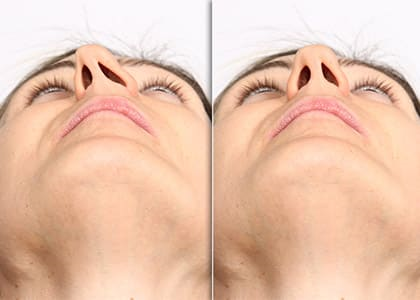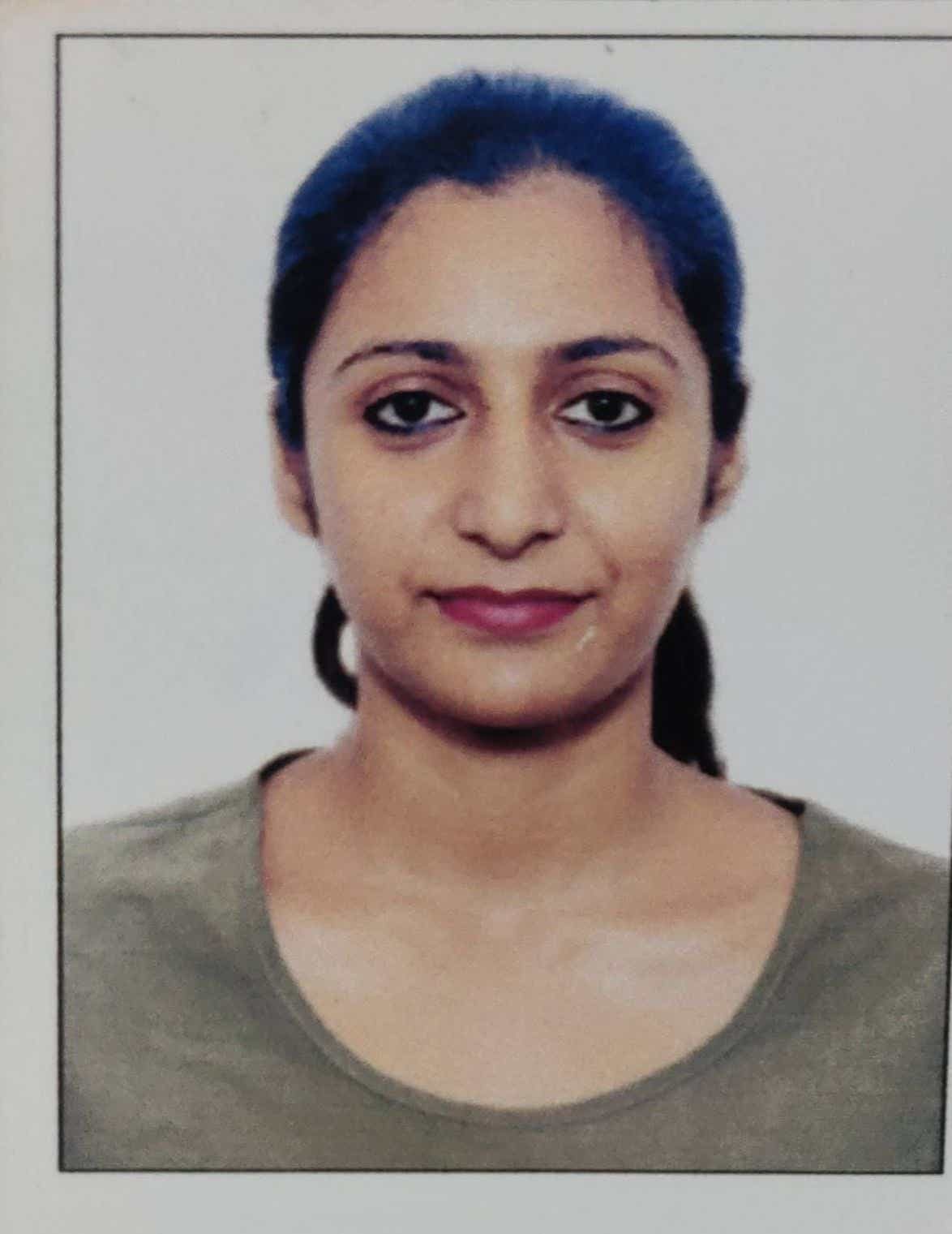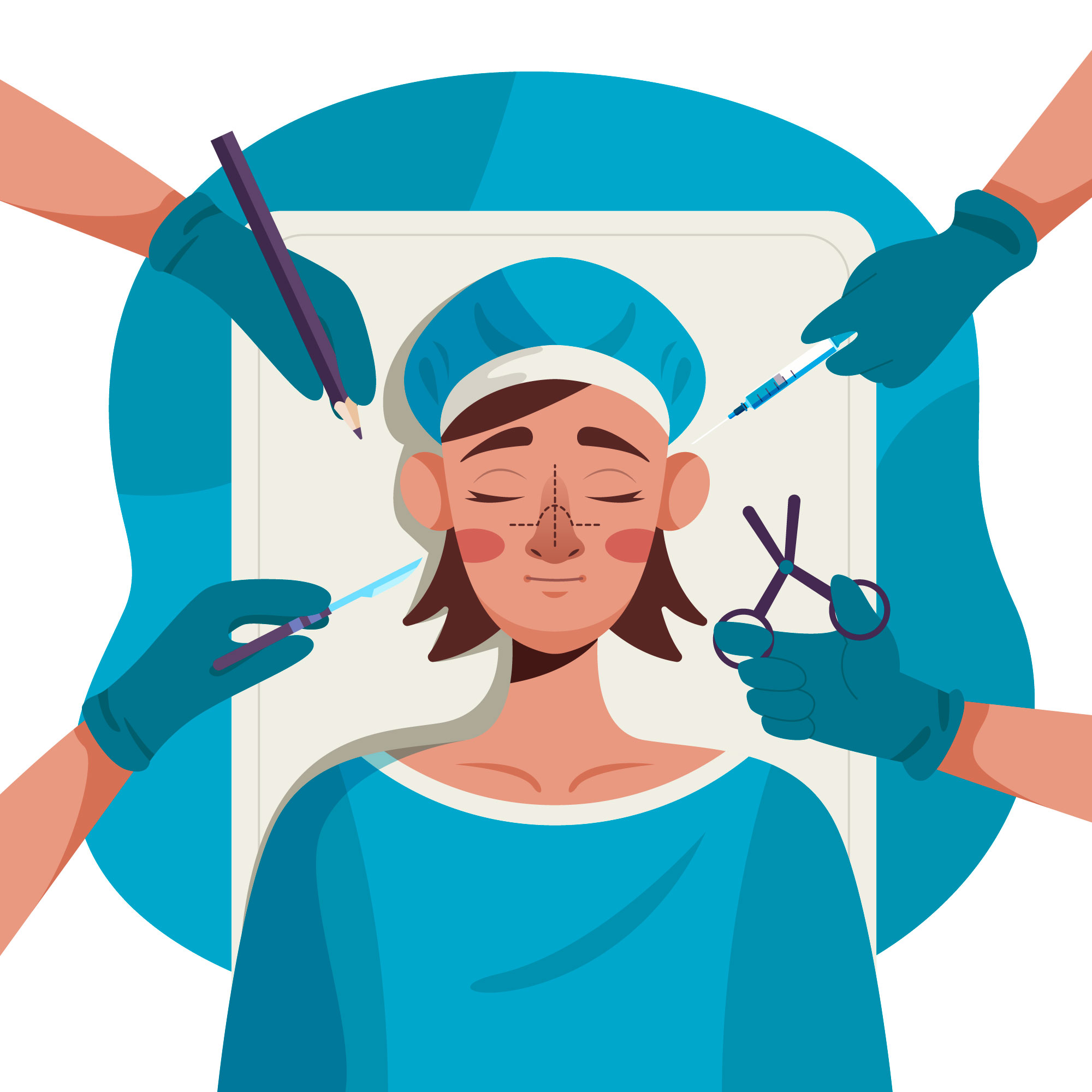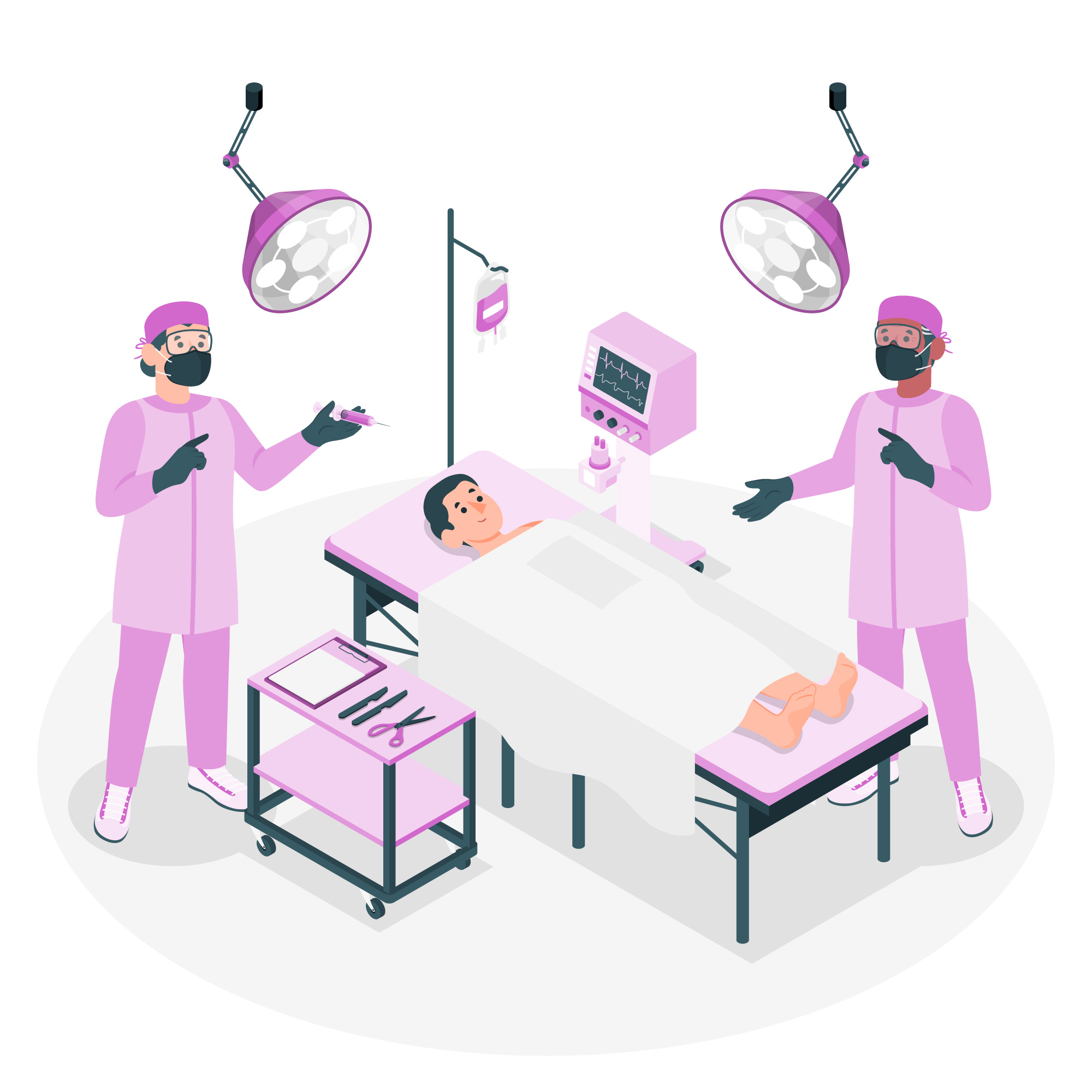Overview
Septoplasty is also known as septal resection or septal reconstruction surgery. The surgery involves reshaping, straightening, and realigning the nasal septum, i.e., the cartilaginous structure dividing the space between the nostrils.
During the surgery, the surgeon cuts and removes parts of the nasal septum before reinserting them in the proper position. It is generally performed for patients with a severely deviated nasal septum, as it can reduce and deviate the airflow on either or both sides of the septum, making it harder for the patient to breathe.








